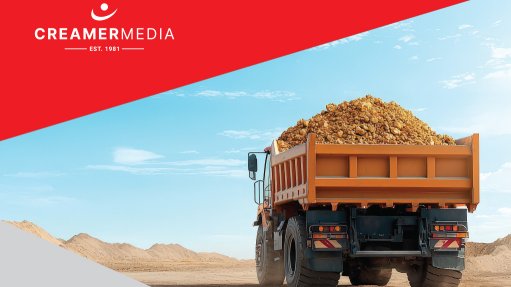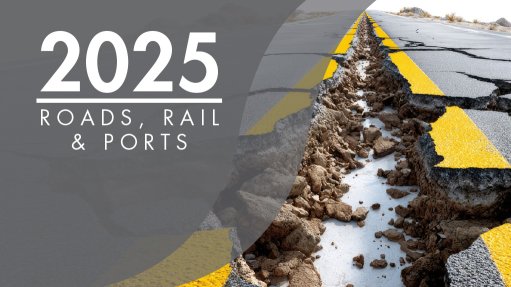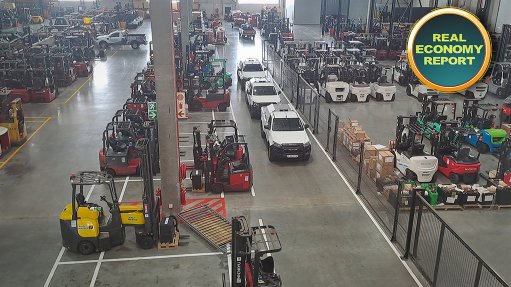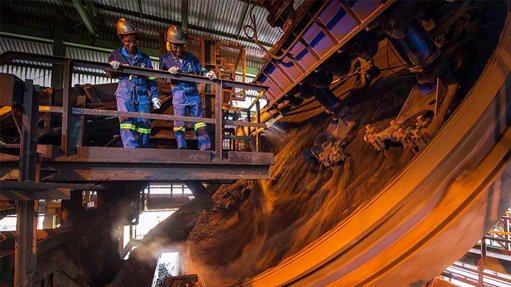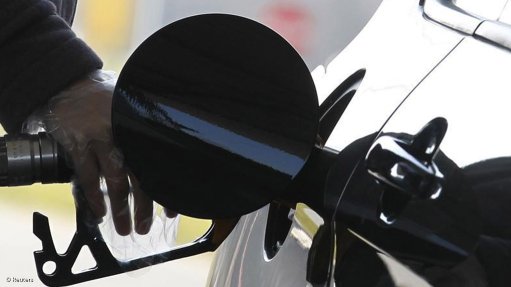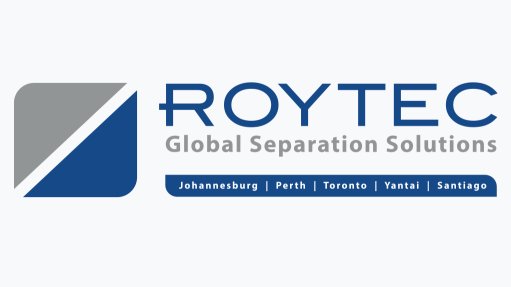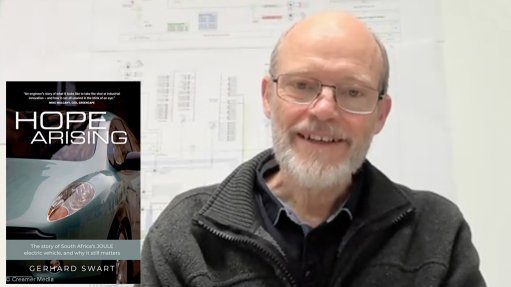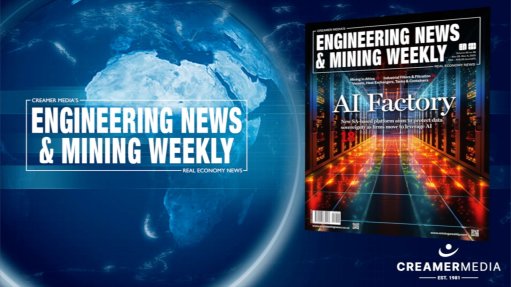GenZ catalysts for change
Morocco’s GenZ212 demonstrators on October 18 relaunched rolling nationwide protests, expected to intermittently disrupt the country’s principal business cities – Rabat, Casablanca, Marrakech, Agadir and Tangiers – in the weeks ahead. The demonstrators – who had paused their protests to allow King Mohammed VI to respond to their demands – have criticised the government for pouring money into preparations for hosting the 2030 FIFA World Cup while leaving public services underfunded. Morocco has allocated some $6-billion to co-hosting the tournament with Spain and Portugal and is spending an additional $4.2-billion to upgrade airports – an investment expected to boost GDP by $1.2-billion, or 1%.
The protests are reminiscent of Morocco’s February 20 Movement – its version of the Arab Spring – when demonstrations swept across North Africa and toppled several autocracies, most dramatically those in Tunisia and Egypt (both of which have since returned to brutal authoritarianism) while prompting fundamental political and economic reform in Morocco. This time, outrage over the deaths of eight pregnant women in Agadir after routine caesarean sections – blamed on underinvestment in healthcare – sparked the protest. The social nature of the event that unleashed this latest round of protests echoes Tunisia’s revolution, sparked by the self-immolation of unemployed university graduate Mohamed Bouazizi after police confiscated his vegetable stall for “illegal selling”.
GenZ212 – which has no named leadership and uses TikTok, Instagram and gaming app Discord to organise – is now demanding the release of about 1 000 detained protesters, prosecution of corrupt officials, and structural reforms in education, healthcare, employment and governance. Generation Z, those aged between 15 and 30, are the first generation of “digital natives” – born after the Internet and raised on tech. They know how to use digital technology to organise and to hide their organisation – crucial in countries where the authorities often respond with autocratic crackdowns.
GenZ’s power to effect dramatic, sudden political change surfaced most recently in mid-October in Madagascar, where rolling September protests against inflation, power and water cuts prompted President Andry Rajoelina to flee the country. Parliament impeached him for dereliction of duty, leading to a military takeover and Madagascar’s automatic suspension from the African Union. In Kenya, the death in police custody of a political blogger sparked reignited GenZ protests in June – almost a year after youth protesting widespread tax increases forced President William Ruto to sack his Cabinet and scrap a controversial Budget Bill. Violent crackdowns killed 69 people in Kenya’s latest protests and 22 in Madagascar. In Morocco, after the gendarmerie’s actions left three protesters dead, authorities moved to calm the situation, with Prime Minister Aziz Akhannouch re-affirming the protesters’ rights and calling for dialogue.
The king and government’s pragmatic approach mirrors their response in 2011, when reforms helped stabilise Morocco and turned the country into a regional political and economic powerhouse. It shifted from an absolute monarchy with a Parliament to a Parliamentary monarchy, where elected officials and the king share power. The king must now appoint a Prime Minister from the majority party in Parliament and has lost his “sacred” status, along with a prerogative to appoint administrative and diplomatic positions, now the role of the Prime Minister, who is also president of the council of government, which drafts government policy. The new Constitution granted women “civic and social” equality with men, and guaranteed freedom of thought, ideas, and artistic expression and creation for all citizens. However, the king retained complete control of the armed forces, foreign policy and religious matters.
Under political and International Monetary Fund pressure, major economic concessions followed. The king was forced to shed several ‘royal’ monopolies, open sectors to competition and share control of the national wealth fund – now known as Al Mada – with the Prime Minister, although he retains a majority. These reforms opened Morocco to investment and enabled it to invest in the region.
Through Al Mada, Morocco has invested in 24 African countries in banking, mining and energy. With a common colonial history, Morocco, through its banks, Attijariwafa and Banque Centrale Populaire, took over France’s legacy banking network in key Franc Zone countries, Maroc Telecom operates in several markets, and Moroccan phosphates giant OCP has fertiliser plants and subsidiaries in Nigeria and Ghana. Opening up to foreign investment has been key too, with South Africa-headquartered Sanlam’s acquisition of Saham in 2018 giving it access to 26 African and Middle Eastern countries.
Financial reforms led to the creation of Casablanca Finance City, a financial hub aimed at bridging European and Middle Eastern capital with opportunities in Africa. This has put Morocco on the investment map across several sectors: it now ranks as Africa’s top mining investment destination and eighteenth globally, up from twenty-seventh out of 82, according the Fraser Institute, a Canadian think-tank.
Despite this liberalisation, external and internal investments have barely moved the dial on one of the core issues driving discontent: unemployment, especially youth unemployment. In 2011, youth unemployment sat at 25%, rising to 37% in August 2025.
Article Enquiry
Email Article
Save Article
Feedback
To advertise email advertising@creamermedia.co.za or click here
Comments
Announcements
What's On
Subscribe to improve your user experience...
Option 1 (equivalent of R125 a month):
Receive a weekly copy of Creamer Media's Engineering News & Mining Weekly magazine
(print copy for those in South Africa and e-magazine for those outside of South Africa)
Receive daily email newsletters
Access to full search results
Access archive of magazine back copies
Access to Projects in Progress
Access to ONE Research Report of your choice in PDF format
Option 2 (equivalent of R375 a month):
All benefits from Option 1
PLUS
Access to Creamer Media's Research Channel Africa for ALL Research Reports, in PDF format, on various industrial and mining sectors
including Electricity; Water; Energy Transition; Hydrogen; Roads, Rail and Ports; Coal; Gold; Platinum; Battery Metals; etc.
Already a subscriber?
Forgotten your password?
Receive weekly copy of Creamer Media's Engineering News & Mining Weekly magazine (print copy for those in South Africa and e-magazine for those outside of South Africa)
➕
Recieve daily email newsletters
➕
Access to full search results
➕
Access archive of magazine back copies
➕
Access to Projects in Progress
➕
Access to ONE Research Report of your choice in PDF format
RESEARCH CHANNEL AFRICA
R4500 (equivalent of R375 a month)
SUBSCRIBEAll benefits from Option 1
➕
Access to Creamer Media's Research Channel Africa for ALL Research Reports on various industrial and mining sectors, in PDF format, including on:
Electricity
➕
Water
➕
Energy Transition
➕
Hydrogen
➕
Roads, Rail and Ports
➕
Coal
➕
Gold
➕
Platinum
➕
Battery Metals
➕
etc.
Receive all benefits from Option 1 or Option 2 delivered to numerous people at your company
➕
Multiple User names and Passwords for simultaneous log-ins
➕
Intranet integration access to all in your organisation




